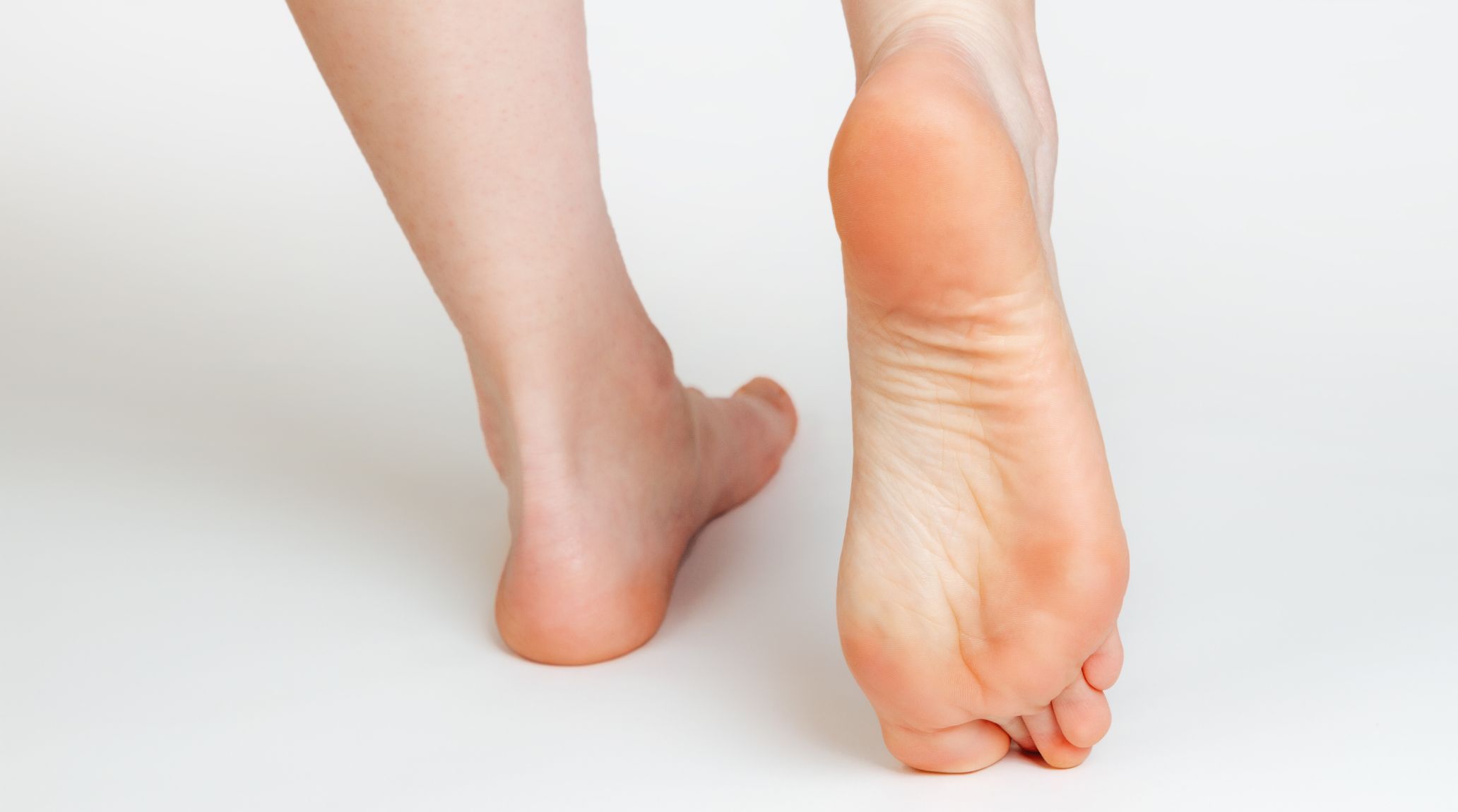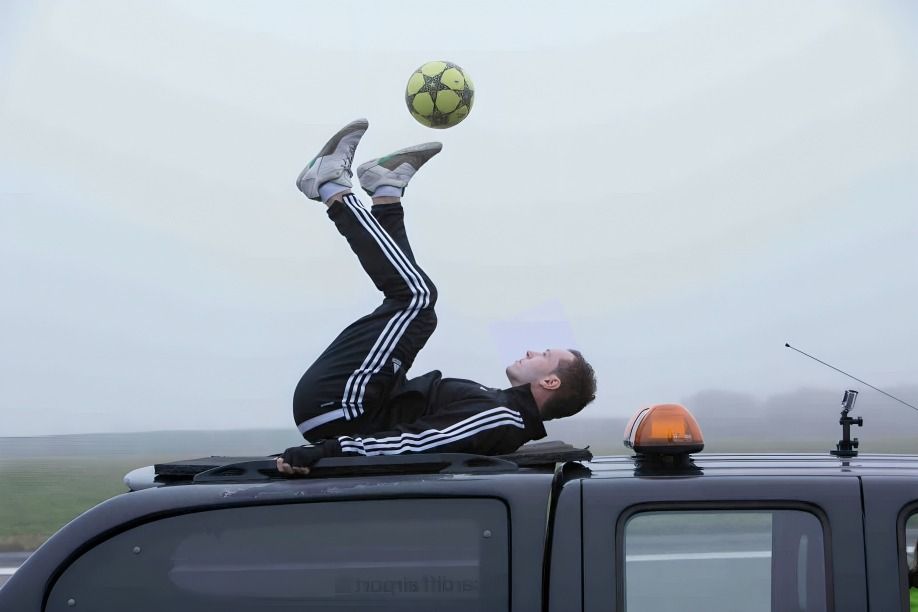
“
Our feet are remarkable structures, serving as the foundation for mobility and balance. They enable us to walk, run, and stand, supporting our body weight with remarkable efficiency. Among their most fascinating features are the soles, which house thousands of nerve endings and sweat glands. These nerve endings make our soles highly sensitive, allowing us to perceive various textures and sensations with great accuracy. This sensitivity is crucial for maintaining balance and spatial awareness. Additionally, the sweat glands in our feet help regulate temperature and keep our feet dry, preventing overheating and reducing the risk of infections. 1
1
1
”
The soles of our feet are highly sensitive and packed with over 200,000 nerve endings. This dense network enables us to detect textures and temperatures with remarkable precision, enhancing our ability to sense our environment.1
Like fingerprints, each person’s footprints are unique. No two individuals have identical footprints, which can serve as a means of identification. This uniqueness is due to variations in the size and shape of the soles.2
Did you know that the most football (soccer) passes between the head and soles in one minute is an impressive 35? This incredible feat was achieved by Victor Richard Kipo in Ikot Ekpene, Nigeria, on 20 August 2022. 3
Our soles can detect tiny vibrations through the ground, a remarkable sensory function that aids in maintaining balance and spatial awareness. This ability helps us navigate our environment and adjust our movements for stability and coordination.4

The record for the most touches of a football with the soles in one minute is 402 touches. Yuuki Yoshinaga achieved this astounding feat in Shibuya, Tokyo, Japan, on June 23, 2018, showcasing incredible skill and precision.
Each foot has about 250,000 sweat glands, making them highly effective at cooling the body. This large number of sweat glands explains why feet can become sweaty, especially during physical activities, as they work to regulate body temperature.5
The skin on the soles of our feet is notably thicker than elsewhere on our bodies. This increased thickness helps shield our feet from injuries and harsh surfaces, providing essential protection and durability during daily activities. 6

Imagine balancing a football with your soles while standing on the roof of a moving car! Ash Randall achieved this remarkable feat for an impressive 93 seconds at Cardiff Airport, UK, on November 15, 2014.
Forensic scientists use footprints to identify individuals and trace their movements. The distinctive patterns on soles can provide valuable clues about who was present at a crime scene and where they traveled, aiding in investigations.7
Elephants have unique, large, padded feet that act as shock absorbers. Their soles are equipped with a complex network of fatty tissue and fibrous connective tissue that helps distribute their massive weight and cushion their footsteps.8
Walking barefoot helps strengthen your foot muscles and improve balance by allowing your soles to connect directly with natural surfaces. This direct contact enhances sensory feedback, contributing to better coordination.9
Modern insoles have advanced beyond simple step tracking. With embedded sensors, they can now monitor foot pressure, analyze gait, and detect early signs of foot issues such as plantar fasciitis, offering valuable insights for better foot health. 10
Walking on hot coals is achievable because of the rapid movement and brief contact with the intense heat. The thick skin on the soles of the feet offers significant protection, mitigating the risk of burns and allowing individuals to stay safe. 11
Athlete's foot is a common fungal infection of the soles that causes itching, scaling, and discomfort. It thrives in warm, damp environments and can lead to painful symptoms if not treated promptly, requiring effective antifungal treatment. 12
Many people experience ticklish sensations on their soles because of the high concentration of nerve endings. This heightened sensitivity can trigger an automatic reaction, such as laughter or a reflexive movement. 13


